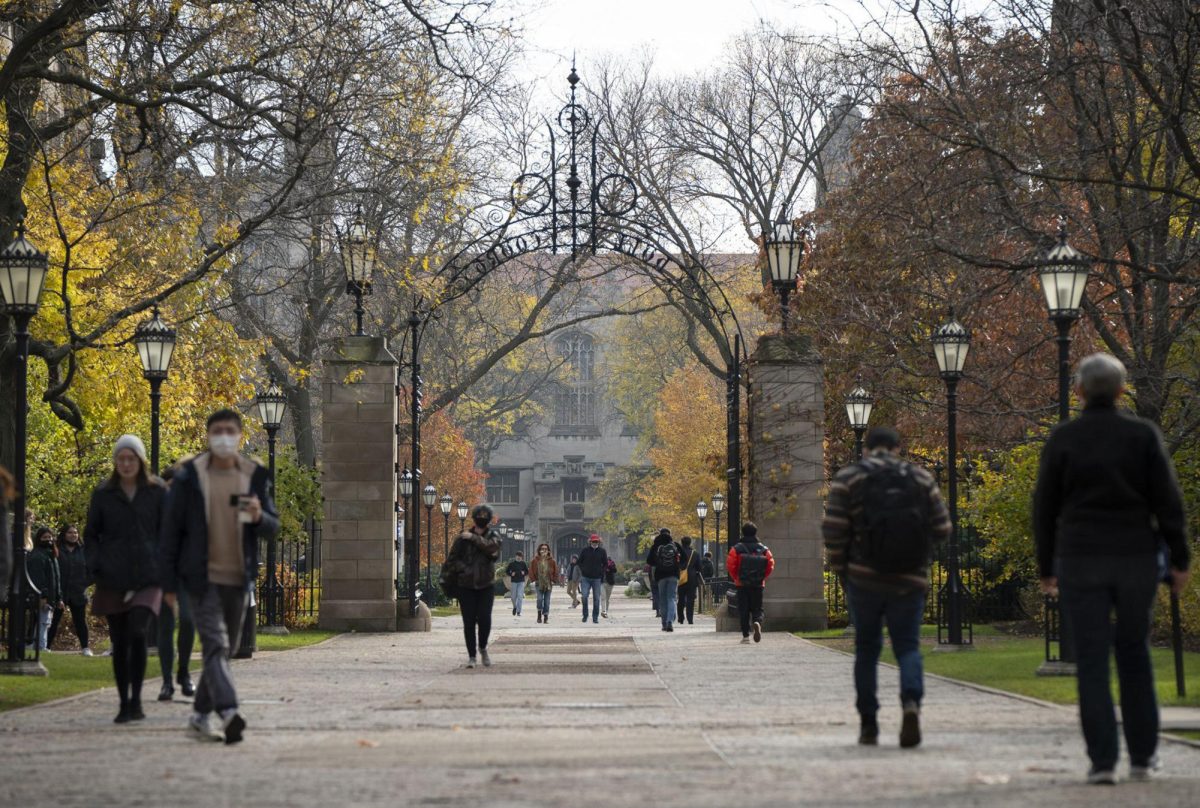Many have made the claim that it is getting harder and harder for students to meet college standards. The most selective universities used to admit 25 to 30% of their applicants, while many reputable places admitted more than 50%. Now even middle-of-the-road places are admitting fewer than half. But what is the cause of this?
Grade inflation, also referred to as grade leniency, is a widely debated upon topic among teachers and students alike. In simple terms, it essentially means giving students the same grades for work that is less rigorous. Getting good grades with minimal effort may seem harmless, it is not a victimless crime.
As grade inflation leads to higher average GPAs, which then raises the bar for what is considered a “high” GPA. According to NACAC’s State of College Admission report, there has been a noticeable increase in the average GPA requirements for admission over the past decade.
For example, the average GPA requirement for admission to public four-year institutions increased from 3.01 in 2010 to 3.34 in 2020. This hurts hard working students because it discredits the value of their transcript, making it harder to stand out in a competitive admissions landscape. If everyone receives good marks, it becomes challenging for colleges to differentiate between students who truly excel and those who simply meet requirements.
“Inequality of Opportunity” refers to the concept of unequal access to privileged educational institutions, which is often associated with class differences. In the realm of education, this can manifest in many ways. When the value of high grades is diminished, this can disproportionally affect students who would be considered minorities or come from disadvantaged backgrounds.
Due to higher grade standards, students need to have other credentials to get into prestigious universities like athletic organizations or clubs. In lower income areas though, these programs are poor and less frequent. This puts them at a disadvantage compared to shoes with more opportunity.
If we are constantly rewarding a student with grades that do not accurately represent their level of skill, it can constitute a poor work mindset. Students are more likely to become lax with other responsibilities. This can cause an impact on a student’s future opportunities. They might for example find themselves at a disadvantage when applying for jobs, graduate programs or professional environments that require large amounts of effort.
Some people may think that grade inflation is a positive thing because it allows for students who otherwise wouldn’t have received a high GPA to get into selective colleges. This would be incorrect. Students who have been rewarded for little effort will struggle in college due to the rigorous homework. This in turn will lead to higher drop out rates and lead to ill-prepared members of society.
As a community, we can work together to solve the issues of grade inflation by encouraging task completion with maximum effort, rewarding students for good work and grading poor work accordingly is one approach. While academic success is important we, as a student body, must remember that this is not a perfect system. Do not let grade inflation derive into anxiety inflation and continue to work towards finding a healthy balance between good GPA and good mental health.




